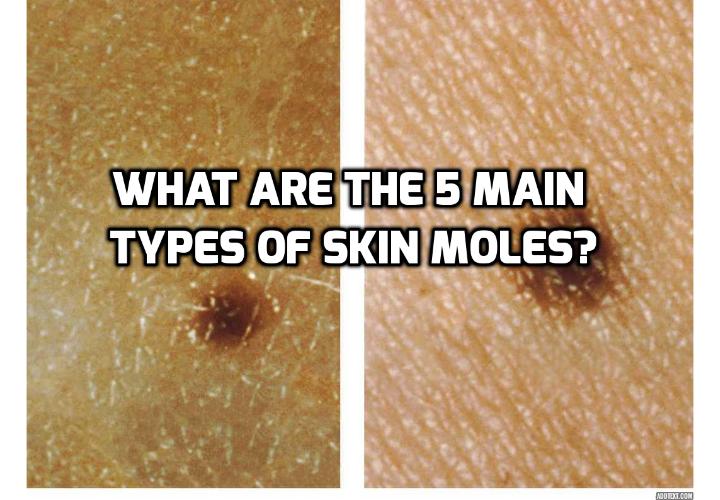


Even benign skin masses have the potential to become malignant and so any sudden change in appearance should be examined by your veterinarian so should ulcerated or bleeding masses. It’s very important to monitor and detect any change in size or color.

If your dog keeps rubbing or knocking a skin tag, then it might need to be surgically removed by your veterinarian. Damage to the surface of a skin tag also leaves it prone to infection. Over time, constant rubbing of these skin tags will lead to irritation and may be painful for your dog. Skin tags often develop on areas of your dog’s skin where there is high friction, such as areas that are in contact with the ground or their collar. While skin tags are non-cancerous masses that generally don’t cause any harm to your dog, this doesn’t mean that they should be completely ignored. When should you worry about a skin tag on a dog? It’s always a good idea to have any suspicious lumps tested by your vet, especially if they are changing in appearance: read our veterinarian article about Cancerous Lumps and Lesions in Dogs & What They Look Like. All cells have the possibility of mutating into cancer and therefore just because a skin tag once looked benign doesn’t mean that a different type of skin cancer can’t develop in the same area. However, that isn’t to say that cancer can’t develop in or around the area of the skin tag. As long as a skin tag isn’t changing in shape, size, or color, then it is generally nothing to worry about. Skin tags are benign and therefore not cancerous by definition. They can be removed surgically if necessary. These are also benign and generally nothing to worry about as long as they aren’t causing irritation by rubbing or catching on objects. They appear as a flat mass covered in hair. These are a less common type of skin tag in dogs. They are generally not serious unless they are constantly rubbing on the ground and causing irritation, in which case they can be removed. They usually form in areas of high friction and are hairless. These are the most common type of skin tag seen in dogs and are composed of a mixture of collagen and blood vessels. Skin tags most commonly appear on the face, chest, armpits, and legs of your dog, but they can grow anywhere on your dog. Sometimes also referred to as an acrochordon, fibroepithelial polyp, or hamartoma (amongst other names), a skin tag is formed from an overgrowth of collagen and small blood vessels and is essentially a ball of extra skin attached to the surface of your dog. Skin tags are more common in older animals and large breed dogs, although any dog can develop a skin tag. Pictures of skin tags on dogs: Pink and black skin tags on dogs Many skin tags are pedunculated – this means that they are attached to the skin via a narrow stalk leaving them dangling in space. They vary in appearance with a range of different sizes, shapes and colors (From white-pink to black). What do skin tags look like? Pink skin tag on a dog’s pawĪ skin tag is a benign growth that develops on the surface of your dog’s skin. Is It Really a Skin Tag? Things that Look Like Skin Tags but Are NOT.How do you remove a skin tag from a dog?.When should you worry about a skin tag on a dog?.


 0 kommentar(er)
0 kommentar(er)
